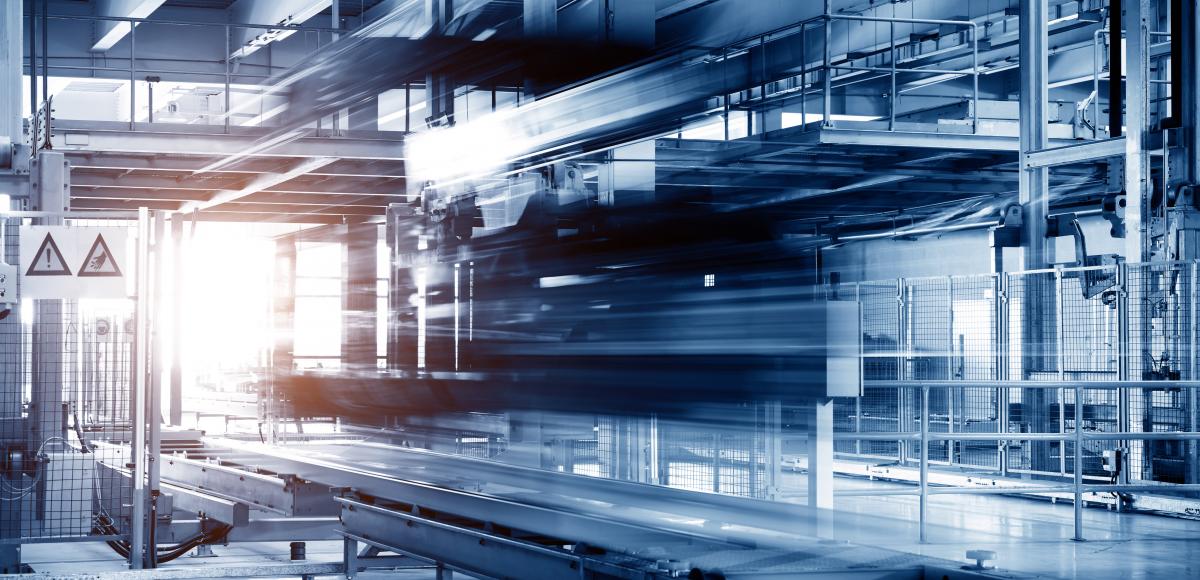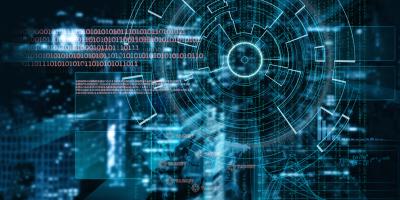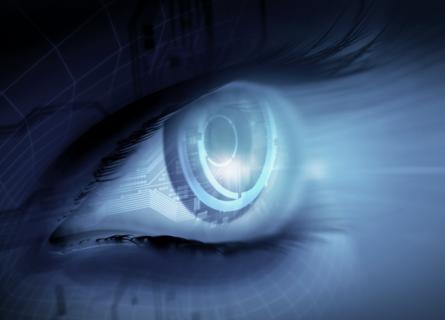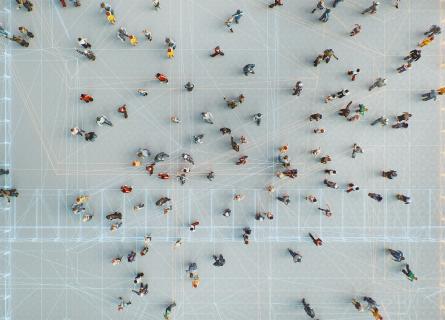
Machine Vision acts as the tireless observer of intelligent automation
Machine vision has been regarded as a tireless eye of a production quality controller, by detecting deviations more reliably than the human eye. It has been used, for example, in the paper and steel industries and can reduce material losses by 25–50 % and increase production by 1–10 %.
Machine vision has a fairly long history in the industrial sector where it has been used for over 30 years. Recently, the machine vision technology has taken major development steps as new application possibilities have been created. A major step for machine vision is that the EU and Nasa have selected machine vision as one of their future spearhead technologies.
The significant role of machine vision continues to grow in the further development of industrial production line automation. It can be said that machine vision turns a tireless robot into a seeing machine that is able to adapt itself into its environment in an increasingly flexible manner.
The development from simple measuring to complex analysis
Machine vision has been used by pioneers since the mid-1980s, so it is by no means a new invention. At that time, pioneers already developed integrated machine vision solutions as part of the process industry automation. The CMOS (complementary metal oxide semiconductor) image sensor invented in the mid-1990s revolutionized the camera technology. Along with the development of CMOS sensors, the processing capacity of machine vision cameras lead to the development of a “smart camera” that operates as a completely independent automation device. The next development step for machine vision was 3D imaging, which enabled the achievement of accurate topography and reliable measuring data from three-dimensional objects and surfaces.
The newest innovation in machine vision technology is represented by hyperspectral cameras that are capable of imaging out to new wavelengths, well beyond the spectral range of the human eye. Accurate imaging has plenty of application possibilities and can be applied to both traditional industry and health technology.

Machine vision is the future’s solution for production processes and intelligent factories
Machine vision technology is rapidly evolving and it can be applied widely in different sectors. Microscopically accurate machine vision enables acquiring real-time information regarding the production as well as the shapes, colors and surface structure of the products, for instance. Imaging-based on machine vision can be utilized in measuring, production control and analysis, quality control, and optimization, of which it can produce digital information efficiently.
In the future, machine solutions will be the optimizers and controllers of comprehensive production processes. Automation and production control systems are capable of exploiting information collected in a more efficient way than before with algorithms of artificial intelligence mining key figures from massive datasets to optimize and forecast operations. Machine vision will certainly play a significant role in technological development.





